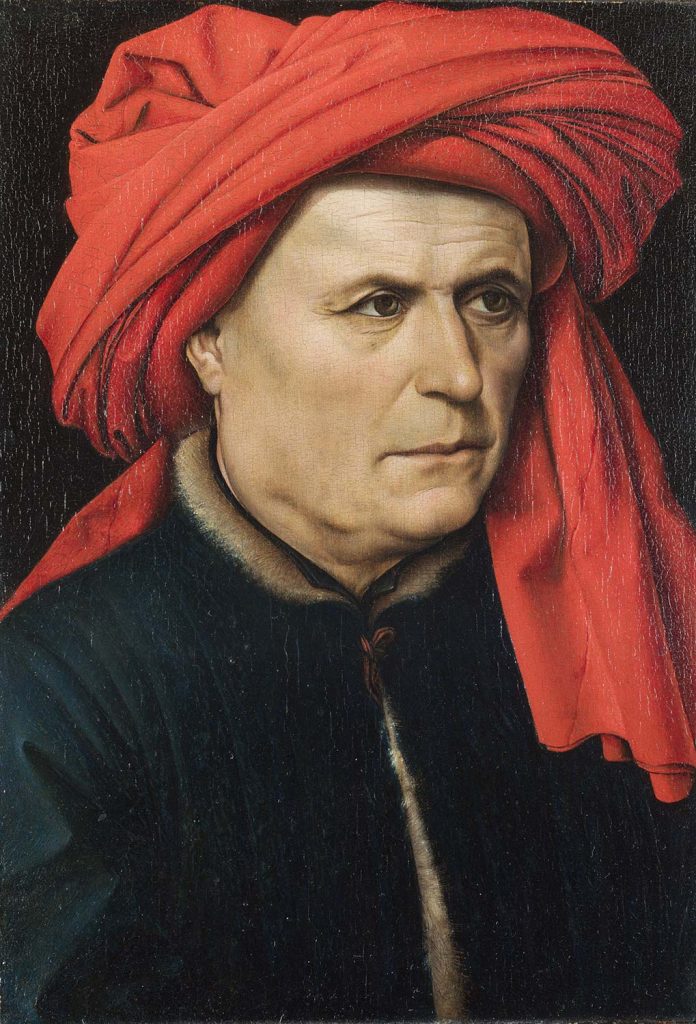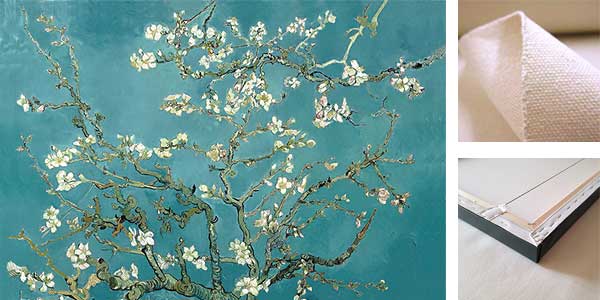
A Man by Robert Campin was created in 1435. The painting is in National Gallery London. The size of the work is 40,7 x 28,1 cm and is made of oil on wood.
About the Work
This striking portrait of a man in a red hat forms a pair with Campin’s A Woman – the sitters were clearly husband and wife. We have no clues to their identity, but their clothes suggest they were relatively prosperous townspeople. The man’s red headdress, or chaperon, consists of several parts: a bourrelet (a padded ring), part of which is visible above his forehead; a cornette (the long, scarf-like tail) which has been wound round the bourrelet; and a patte (the shoulder cape), which hangs over his left shoulder, its seam clearly shown.
The face is so lifelike, the level of detail so astonishing and the tiny tonal transitions in skin and fabric so carefully observed that we are almost unaware of how Campin has ordered the man’s clothes and features to convey his character. His forehead creases in a frown which narrows his eyes, and the corners of his mouth and eyes curve resolutely downwards. Minute variations in colour suggest reddened skin and wrinkles. His skin sags beneath his jaw and forms crow’s feet around his eyes, which have only the smallest of catchlights. He slouches and his head is off centre; he does not dominate the composition as his wife does. Read more in National Gallery London
About the Artist
Robert Campin (c. 1375 – 26 April 1444), now usually identified with the Master of Flémalle (earlier the Master of the Merode Triptych, before the discovery of three other similar panels), was a master painter who, along with Jan van Eyck, initiated the development of early Netherlandish painting, a key development in the early Northern Renaissance.
While the existence of a highly successful painter called Robert Campin is relatively well documented for the period, no works can be certainly identified as by him through a signature or contemporary documentation. A group of paintings, none dated, have been long attributed to him, and a further group were once attributed to an unknown “Master of Flémalle”. It is now usually thought that both groupings are by Campin, but this has been a matter of some controversy for decades. Read more in Wikipedia
Order a reproduction of this work (printed on canvas)
